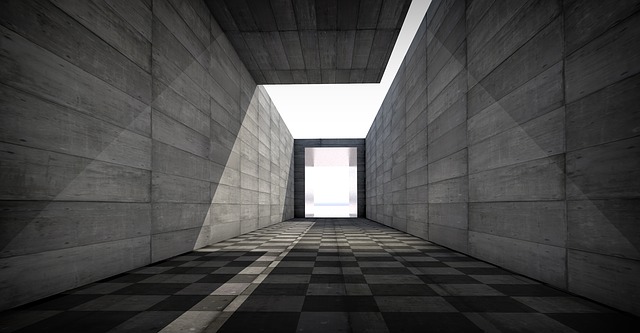Architecture has been going around during the eras of the grandfathers of our grandfathers long before they even had a term for it. The very first constructions and architecture focused on building for shelter and security, as were the needs of that period.

Importance of Architecture
However, it continued to evolve along with the needs of mankind. Before anyone knew, architecture was a widely acknowledged and honoured art. It was valued greatly by royals who commissioned architects to build grand palaces, places of worship and mausoleums to display their grandeur.
However, the royals and their times don’t last forever and the focus of architectural art began to shift soon enough.
Evolution in the 1900s
Architects around the world started a movement during the early 19th century around 1914, to completely modernise architectural art. It was started by architects like Bauhaus, Walter Gropius, Marcel Breuer, Frank Lloyd and more around the world.
It was collectively agreed upon to break apart from the past and create something new and up to beat with the changing world.
What did the 1900s evolution entail?
Architects like Lloyd and Bauhaus argued to combine prehistoric architectural art, modern technology and industrial design. Their goal was to modern architecture to match the pace of the rapidly modernising world and its needs.
Apart from technology, modern architecture focused on the use of building materials like plate glass, reinforced concrete, iron and steel. The concept of ornaments was also rejected entirely and replaced by minimalism.
Conclusion
While it only lasted from 1920-2000, the modern architecture evolution spread like wildfire, all the way from Africa to Russia. It gave birth to beautiful structures like the Empire State Building, Newyork and Villa Savoye, France. It then took on to give birth to post-modern architecture which again led to beautiful displays of architecture. The evolution may have been short-lived but it rewrote the entire being of architecture and revolutionized it.

